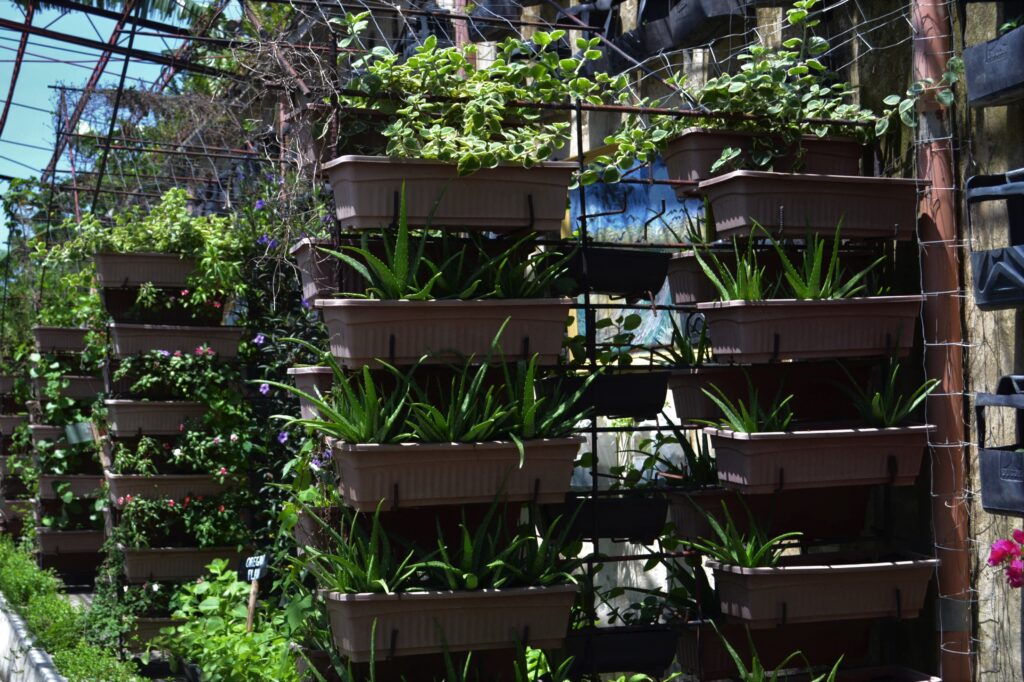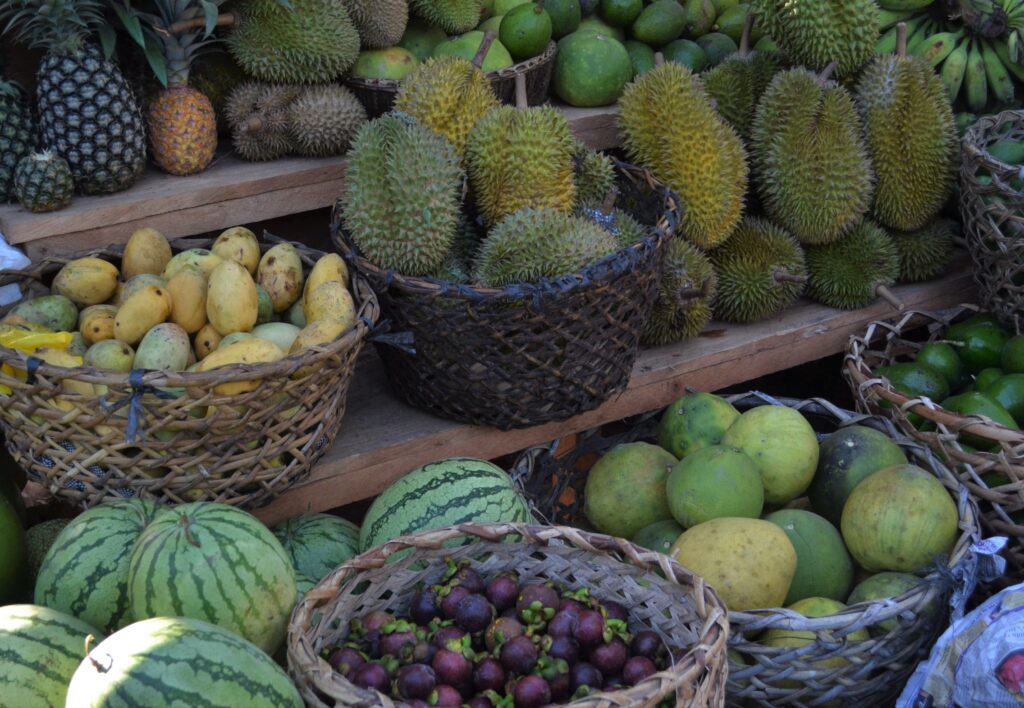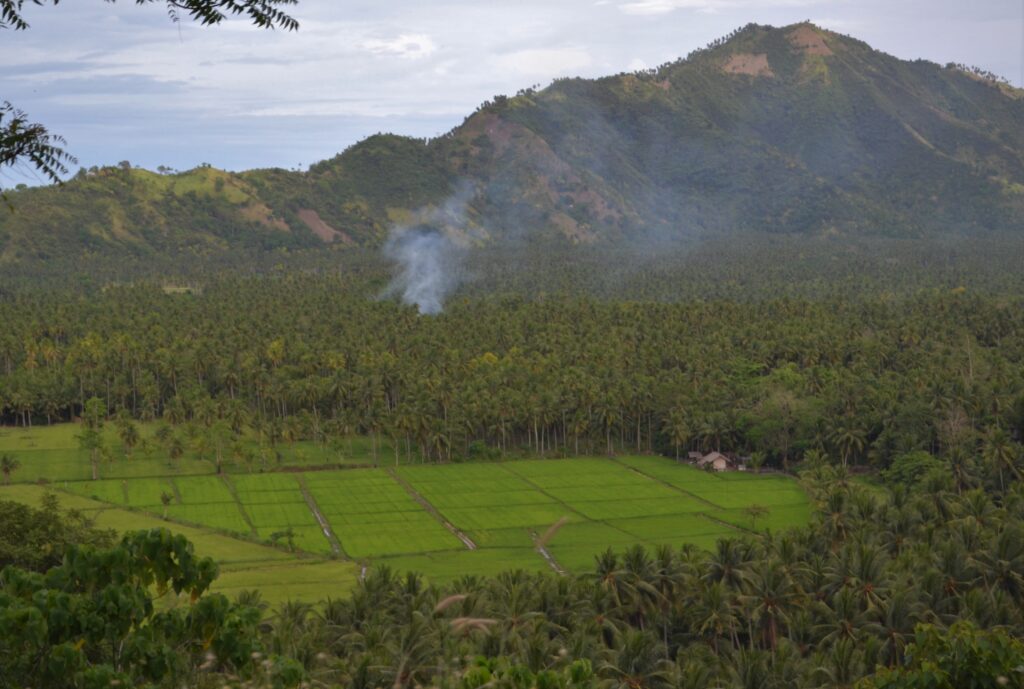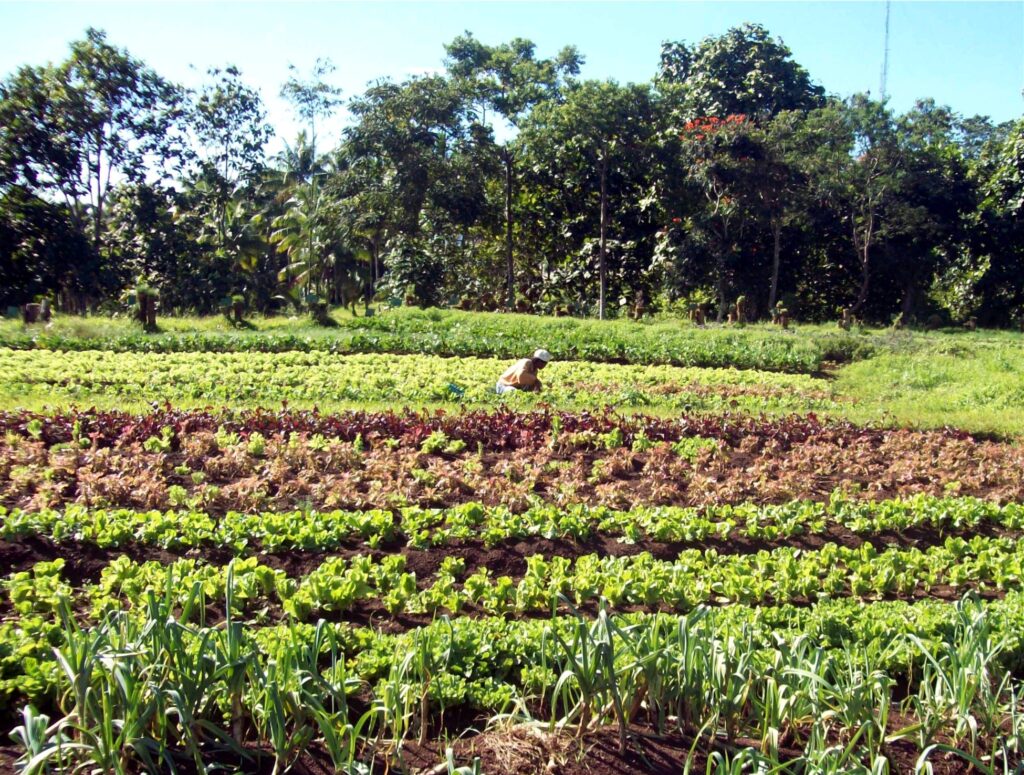Text and Photos by Henrylito D. Tacio
In many developing countries, rapid population growth makes it difficult for food production to keep up with the demand.
Two-thirds of the world’s population lives in low-income food-deficit countries, according to the award-winning American journalist Don Hinrichsen. “In these countries, millions know hunger, malnutrition, and even starvation when harvests fail, unless other countries provide emergency food aid in time.”
The Philippines and 15 other countries in Asia were among those classified under this category. Low-income food-deficit countries are those that “are not self-sufficient in food production and do not have the financial resources needed to fill the gap with imports.”
“Many of these countries have among the world’s highest population growth rates,” Hinrichsen pointed out in his in-depth report, Population and the Environment: The Global Challenge.
The Philippines, for instance, is home to almost 109 million people. In the 2020 Global Hunger Index, the Philippines ranks 69th out of the 107 countries with sufficient data to calculate 2020 global hunger index (GHI) scores. With a score of 19.0, the Philippines has a level of hunger that is moderate.
“In many low-income food-deficit countries… food production capacities are deteriorating,” Hinrichsen deplores, adding that these countries face a number of serious constraints to achieving food security.
From the beginning of agriculture until the middle of the 20th century, increases in world food production have come largely from expanding agricultural land. Today, most fertile land is already under cultivation. Most uncultivated land is marginal, with poor soils and either too little rainfall or too much.

Growing crops in the cities 
Farm produce
“The deteriorating condition of the environment has contributed to the increasing vulnerability of the agriculture sector particularly to extreme weather events,” said the Department of Agriculture in a statement. “Predominance of chemical-intensive farming has contributed to at least 33% of the country’s greenhouse gas emissions.”
It is on this premise that the department aims to promote organic agriculture. Environment-friendly, natural, not using pesticides and other chemicals, sustainable, regenerative, and healthy – these are the words used to describe this method of farming.
When Republic Act No. 10068 – known as the Organic Agriculture Act of 2010 – the Philippines institutionalized organic farming. Recently, the law was amended by Republic Act No. 11511.
The agriculture’s organic farming program has five objectives. One is better to farm incomes and sustainable livelihood for Filipino farmers: “Increased farm productivity, reduced expenses on external farm inputs, better incomes for farmers and reduction of poverty in the rural sector.”
Environmental protection is another reason: “Enhanced soil fertility and farm biodiversity, reduced pollution and destruction of the environment as well as prevention of further depletion of natural resources.”
Still another: improved health. By adopting organic farming, the health of farmers, consumers, and the public, in general, are protected.
Another one: disaster risk reduction and resilience to climate change: “Improved resiliency to disaster risks and climate change vulnerabilities caused by human interventions and naturally induced hazards.”
Final objective: social justice. “Meeting the basic needs and improving standard of living for all, upholding human rights, gender equality, labor standards and the right to self-determination,” the agriculture department explains.
“Organic farming means going back to the basics,” says Jethro P. Adang, the new director of the Mindanao Baptist Rural Life Center (MBRLC), a non-government organization based in barangay Kinuskusan in Bansalan, Davao del Sur.
The center has been promoting organic farming since the 1970s. “We want people who come to the center that once they return to their respective places,” Adang points out, “they have learned something which they could use in their own farms.”

Producing rice 
Growing vegetables for food
“Organic agriculture is the answer,” pointed out Jessica Reyes-Cantos of the Manila-based Rice Watch and Action Network. “It won’t only retain soil productivity but it can make farming viable. If farmers will have additional income from their lands, they will continue to plant rice.”
Organic farming, according to Laura Reynolds of Worldwatch Institute, has the potential to contribute to sustainable food security by improving nutrition intake and sustaining livelihoods in rural areas while simultaneously reducing vulnerability to climate change and enhancing biodiversity.
Another benefit of organic agriculture is that it uses up to 50% less fossil fuel energy than conventional farming, and common organic practices – including rotating crops, applying mulch to empty fields, and maintaining perennial shrubs and trees on farms – also stabilize soils and improve water retention, thus reducing vulnerability to harsh weather patterns.
“On average, organic farms have 30% higher biodiversity, including birds, insects, and plants, than conventional farms do,” pointed out Catherine Ward, Reynolds’ co-author of the Worldwatch report, “Organic Agriculture Contributes to Sustainable Food Security.”
Benefits like these are what inspired Benjamin R. Lao of barangay Eman in Bansalan, Davao del Sur, to adopt organic farming. His endeavor paid off when the Department of Agriculture named him as an outstanding organic farmer in 2012.
“We want to teach Filipino farmers the right way of farming through the natural method, without using commercial fertilizer or pesticides,” he said of those people who come to Lao Integrated Farm.
The farm is teeming with coconut (his primary source of income as he produces coco sugar) and various fruits like lanzones (more than a thousand trees), durian (700 trees), mangosteen, and rambutan.
On his farm, you won’t see his farmworkers using chemical pesticides. “I had a tragic experience with chemical pesticides when I was still a teenager while cultivating rice in our farm located in the neighboring barangay,” he revealed.
Instead, Lao recommends using Eman, which stands for “epektibo, mura, at natural” (effective, cheap, and natural). “This is a concoction composed of fresh goats’ manure, kakawate, makabuhay, and hot pepper,” he informed. “These are soaked together for 48 hours and after that the concoction is ready for application.”
According to him, Eman is effective in repelling plant pests and diseases. In addition, it is also a good course of foliar fertilizer. “We are committed to help preserve our environment. We want to teach Filipino farmers the right way of farming through natural methods and that is by not using commercial fertilizer or pesticides,” he said.
People who have been to the farm described it as a haven. You don’t see only livestock and crops but ornamentals as well. “It’s nice to see beautiful flowers underneath the trees,” he explained. “Also, the flowers serve as breeding areas for beneficial insects like spiders and dragonflies.”
Meanwhile, Professor Ivette Perfecto of the University of Michigan’s School of Natural Resources and Environment Prof. Perfecto said the idea that people would go hungry if farming went organic is “ridiculous.”
In an article which appeared in People and the Planet, she was quoted as saying: “Corporate interest in agriculture and the way agriculture research has been conducted in land grant institutions, with a lot of influence by the chemical companies and pesticide companies as well as fertilizer companies-all have been playing an important role in convincing the public that you need to have these inputs to produce food.”
The outcomes of their study seemed to jibe with the earlier findings by a British team, which reported in 1999 that organic farming could produce enough food to feed large populations. In fact, the said study concluded that it could be viable even in developing countries if the political climate is favorable.
Farms could be economically viable on a much larger scale, even in developing countries with large populations, said Dr. Liz Stockdale of the Institute of Arable Crop Research in England.
“In less developed countries, countries where the conventional agricultural systems aren’t that intensive to start with, we can see that conventional systems and organic systems actually can match yields very closely,” she added.
It has been 11 years since the Organic Agriculture Act was signed, but despite the benefits, it brings to the country and the people, farmers are still not adopting the various systems. What went wrong?
“There is currently no clear program and funding for the transition to organic agriculture,” said the Philippine Daily Inquirer in its recent report. “Transition is necessary because if all farmers suddenly adopt zero chemical use, yields may drop to 50%-60%. As a result, food supply could be at risk unless the country imports 5 to 6 million tons of well-milled rice.
“An effective organic farming program must recognize actual conditions in the field and support a movement to shift from chemical-based production to organic and ecological farming methods and value chain,” noted the report, which was culled from papers prepared by Leonardo Montemayor, Teodoro Mendoza, and Pablito Villegas which were submitted as inputs in the DA and private sector-led round table online discussion on organic agriculture recently.
In like manner, the government must also provide farmers organic inputs like seeds and planting materials to facilitate the transition process. “For sustainability, farmers must be trained to produce and save their own seeds,” the report stated.
In addition, the report urges local government units to “devote at least 10% of their increased Internal Revenue Allotment (IRA) to agriculture and fisheries, including the devolved extension services, with at least one-fourth of the IRA earmarked for organic agriculture.”
More suggestion: “Motivating farmers to shift to organic agriculture requires not only science-based technology and meaningful funding support, but also an educational and awareness campaign among consumers on the health and ecological benefits of consuming organic products.”
The consumers must also be involved. “There should be ‘direct consumer-organic farmer partnership’ through links between producers and consumers,” the report stated. “This will ensure income beyond the poverty threshold of P12,000 to P15,000 per month for the family farm subsector.”
One way to achieve this is for direct product users – restaurants, hotels, caterers, processors, and other institutional consumers – to “buy their daily and weekly produce or raw material requirements from organic producers at a fair price.”

